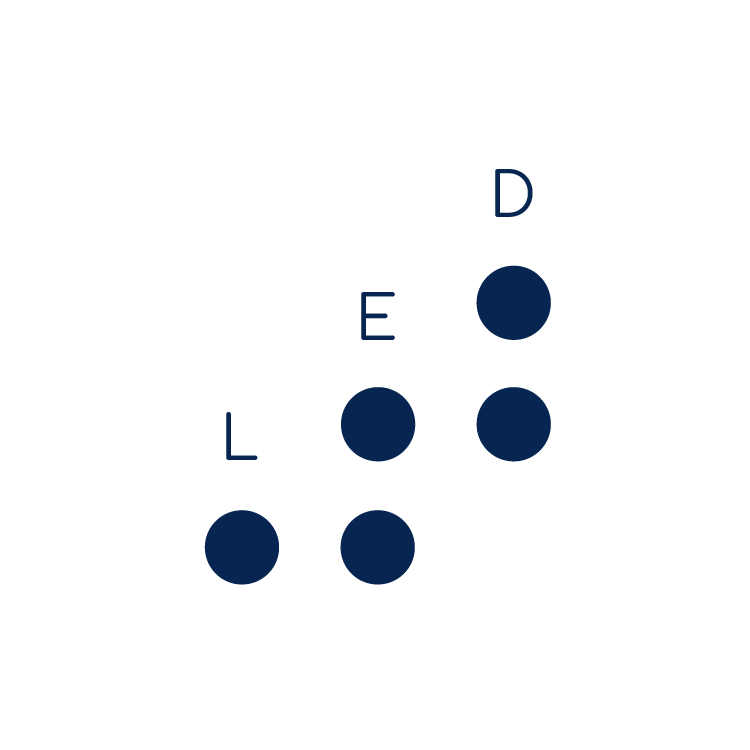Shingo Methodology
Operational excellence is not a tools or a projects, it is the result of everyday ideal behavior grounded on the ideal principles.
Leaders should understand and live with the principles of operational excellence for long term success of the company. Furthermore, they should ensure that behavior of each person in a company is in accordance with these principles.
Ideal Results Require Ideal Behavior
-
Ideal Results:
- Outcomes that are aligned, that are both excellent and sustainable, and which demonstrate improvement over time.
Ideal Behavior:
- Actions that create outcomes that produce results and are both excellent and sustainable.

If you have questions about it we can discuss.
By clicking the button you agree to our Privacy Policy
Purpose and Systems Drive Behavior
Purpose and Systems Drive Behavior
- Each system is dependent on the other systems. Each of the systems are highly connected.
- A tool is a point solution or a specific means to a specific end. Dr. Shingo described the concept of a tool as a technique for solving a specific problem, necessary but not sufficient by itself to solve broader problems.
- Tools should be selected to enable a system to perform its intended purpose. They should be eliminated or changed when the tool is no longer needed or fails to be the best solution.
Principles Inform Ideal Behavior
-
“The only thing of real importance that leaders do is to create and manage culture. If you do not manage culture, it manages you, and you may not even be aware of the extent to which this is happening.”
Edgar Schein, Professor, MIT Sloan School of Management

- Respect Every Individual
Respect must become something that is deeply felt for and by every person in an organization. Respect for every individual naturally includes respect for customers, suppliers, the community and society in general. Individuals are energized when this type of respect is demonstrated. Most associates will say that to be respected is the most important thing they want from their employment. When people feel respected, they give far more than their hands—they give their minds and hearts as well.
- Lead with Humility
One common trait among leading practitioners of enterprise excellence is a sense of humility. Humility is an enabling principle that precedes learning and improvement. A leader’s willingness to seek input, listen carefully and continuously learn creates an environment where associates feel respected and energized and give freely of their creative abilities. Improvement is only possible when people are willing to acknowledge their vulnerability and abandon bias and prejudice in their pursuit of a better w.
Principles of Continuous improvement
- Seek Perfection
Perfection is an aspiration not likely to be achieved, but the pursuit of which creates a mindset and culture of continuous improvement. The realization of what is possible is only limited by the paradigms through which we see and understand the world. It’s always about getting better and better, never satisfied with good enough, always looking for opportunities to do better. This isn’t a club for beating people, it’s about positive motivation.
- Embrace Scientific Thinking
Embrace Scientific Thinking requires standard work. Without standard work we have no basis for making changes. With standard work, Embrace Scientific Thinking becomes a relentless and systematic exploration of new ideas, including failures, enables us to constantly refine our understanding of reality. Look for the root cause. Find the problem in the system and fix the system so the problem doesn’t reoccur. Everyone in the enterprise looks at the problems and generates repeated cycles of experimentation and improvement. Innovation and improvement are the consequences of repeated cycles of experimentation, direct observation and learning.
- Focus on Process
All outcomes are consequences of the process. It is nearly impossible for even good people to consistently produce ideal results with a poor process both inside and outside the organization. There is a natural tendency to blame the people involved when something goes wrong or is less than ideal, when in reality the vast majority of the time the issue is rooted in an imperfect process, not the people. Often it is fear that causes problems to be focused on a person. Who really is responsible for the system that might be failing? The tendency to blame someone, especially if management is responsible for the system, when it is the process that causes people to fail. It is leadership and management’s responsibility to make sure that the systems are designed so that it is easier to do the right thing rather than the wrong thing.
- Assure Quality at the Source
Perfect quality can only be achieved when every element of work is done right the first time. If an error should occur, it must be detected and corrected at the point and time of its creation. Do it right the first time. This goes back to when the processes are designed and developed. You don’t pass poor quality forward. Stop the line if there is a quality failure.
- Improve Flow & Pull
This is at the heart of the Toyota Production System – to create value. Toyota measured the time from when the order was placed until the money was in his pocket and considered the reduction of that time as his measure of increased value. Another measure is total cash to cash cycle time as the ultimate definition of success and value. Study the value stream and eliminate the waste in the process. Value for customers is maximized when it is created in response to real demand and a continuous and uninterrupted flow. Although one-piece flow is the ideal, often demand is distorted between and within organizations. Waste is anything that disrupts the continuous flow of value.
Enterprise Alignment Principles
- Think Systemically
Through understanding the relationships and interconnectedness within and between systems we are able to make better decisions and improvements. Everything is connected and the better we understand this connection the better we are able to make changes that improve the system.
- Create Constancy of Purpose (Unity of Effort)
An unwavering clarity of why the organization exists, where it is going, and how it will get there enables people to align their actions, as well as to innovate, adapt and take risks with greater confidence. This is the true north, the vision, mission, values, etc.
- Create Value for the Customer
Ultimately, value must be defined through the lens of what a customer wants and is willing to pay for. Organizations that fail to deliver both effectively and efficiently on this most fundamental outcome cannot be sustained over the long-term.
